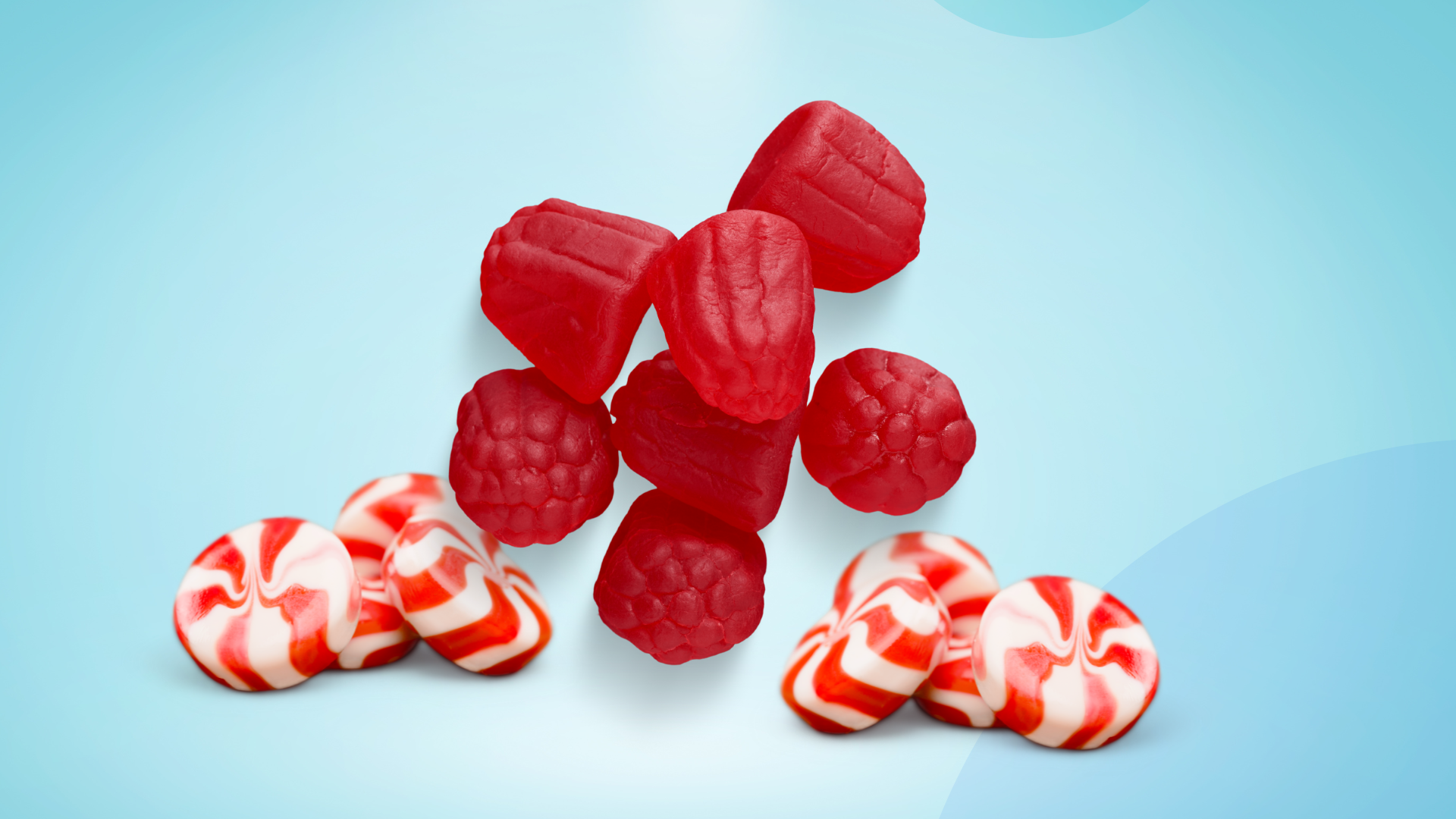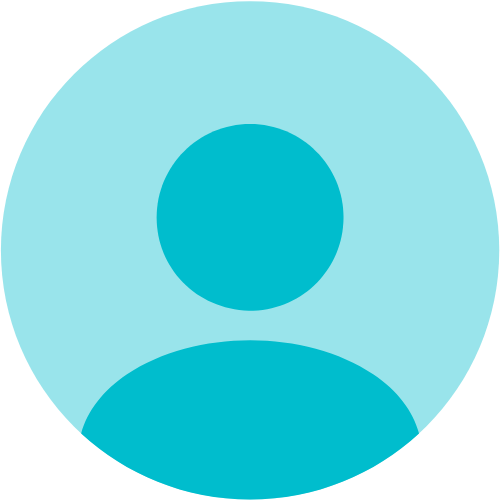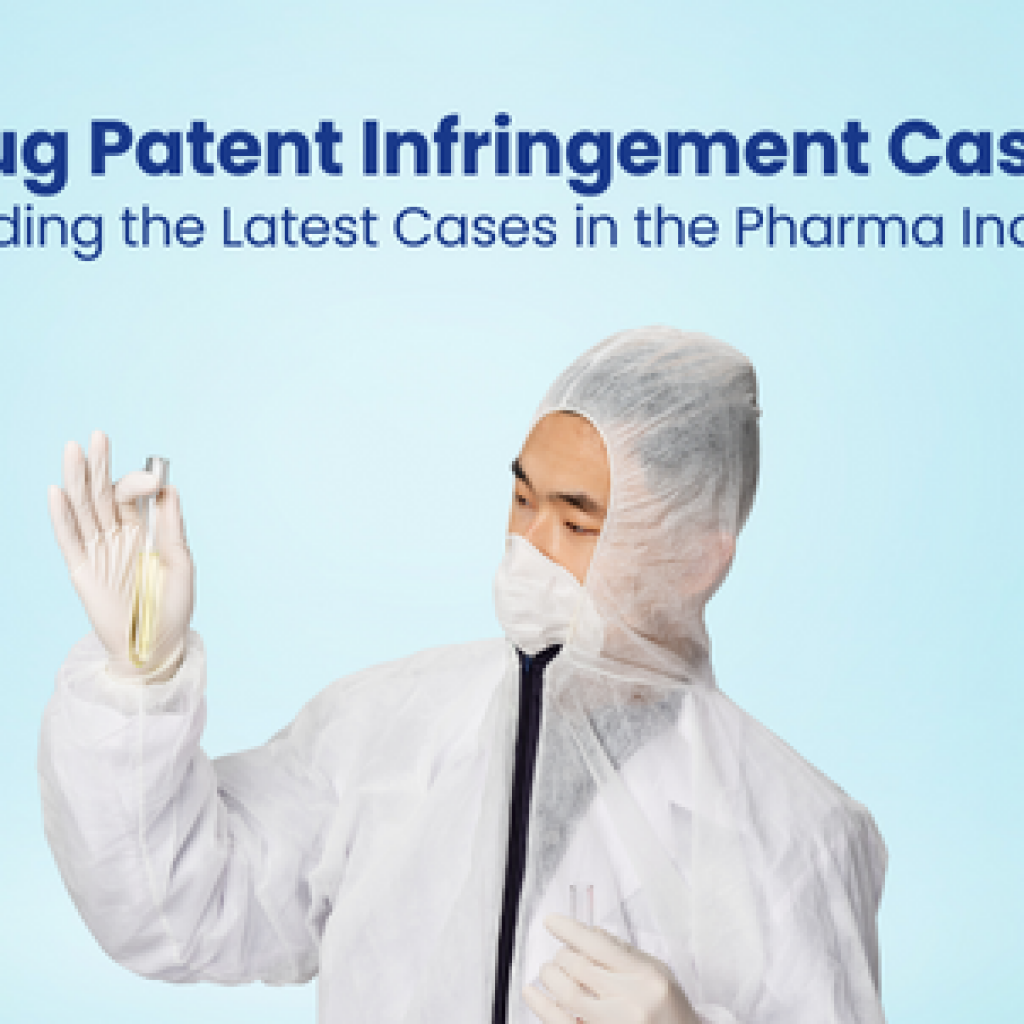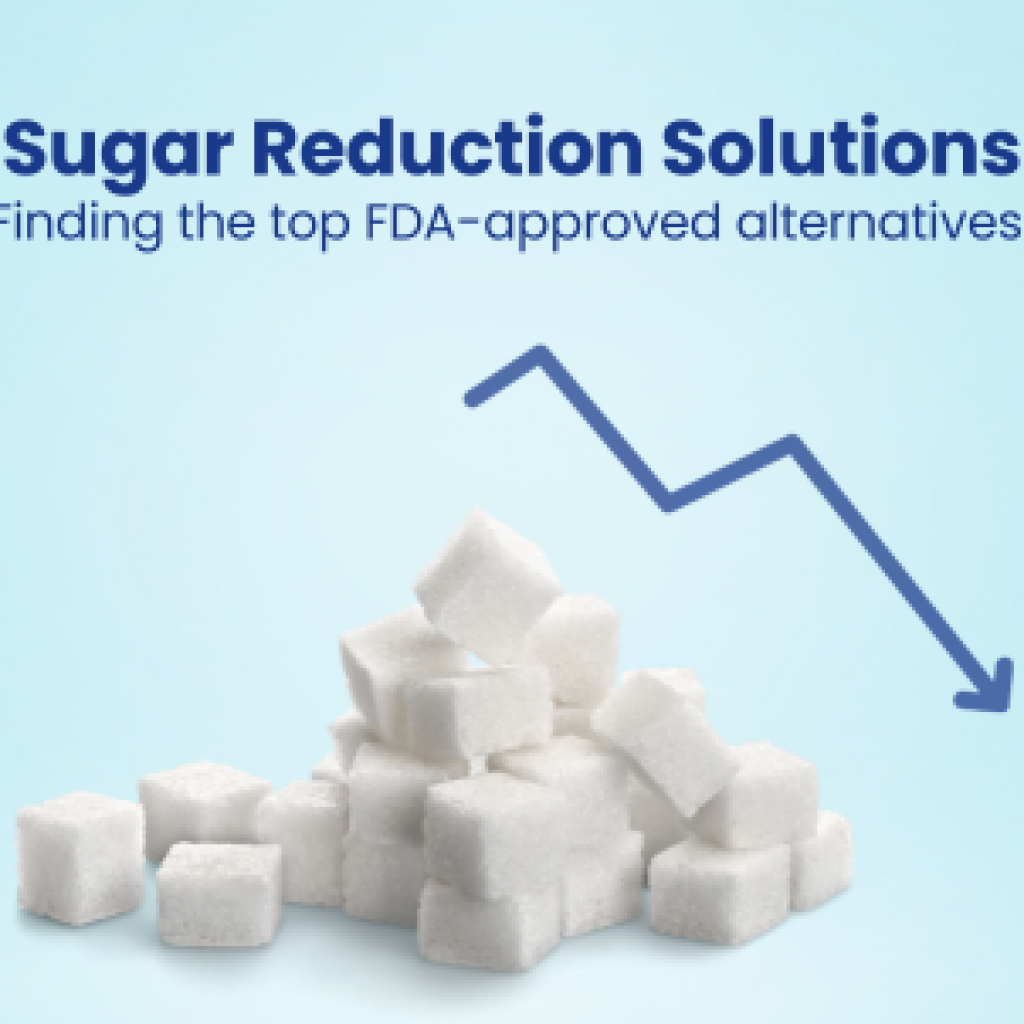The U.S. FDA banned Red Dye No. 3 in foods, dietary supplements, and oral medicines. The dye’s links to potential health risks have fueled public demand for cleaner, additive-free products. U.S. food manufacturers must find Red Dye No. 3 alternatives and remove them by January 2027, and pharmaceutical companies by January 2028.
Globally, the issue is not new. The EU, Australia, and New Zealand banned Red Dye No. 3 in food items decades ago, and the FDA has prohibited its use in cosmetics since 1990. As a result, many natural and synthetic alternatives are already available.
Natural options like beet juice, anthocyanins, and carmine are under review. However, manufacturers face critical questions: Can these alternatives match Red Dye No. 3’s vibrant color without altering flavor or stability? Which options are truly viable? And, most crucially, can they scale affordably?
This study by GreyB explores how companies can future-proof their products and respond to consumers’ growing demand for transparency and health-consciousness using specific alternatives.
Let’s dive into specific challenges US Food and Pharmaceutical companies face in replacing Red 3.
Explore the latest Trends in the Food and Beverages Industry:
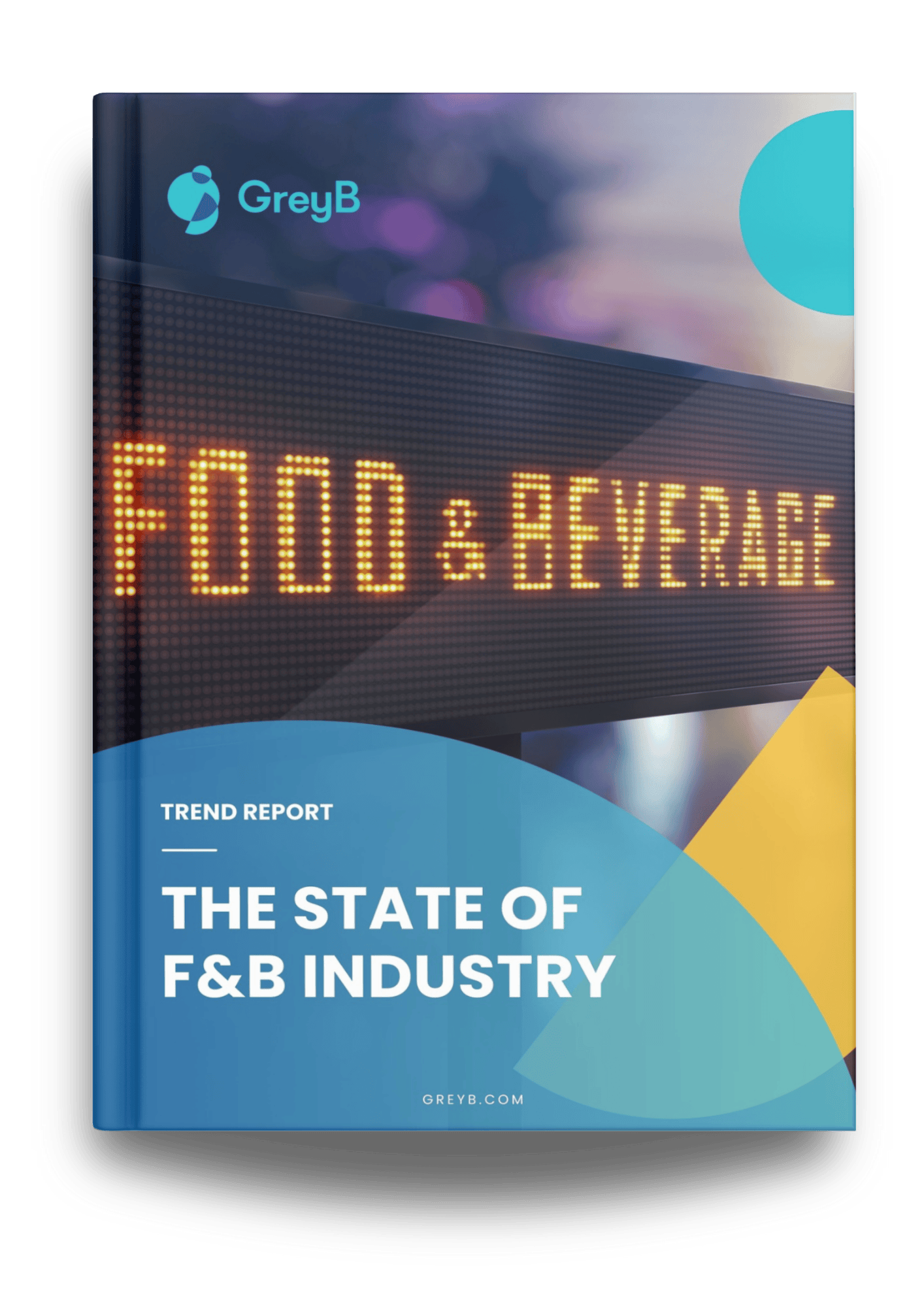
Challenges for US Food and Pharmaceutical Companies to Replace Red 3
1. Reformulation & Stability Challenges in Food Industry
Even though alternatives exist, replacing Red 3 is not as simple as swapping one ingredient for another.
- Heat & Light Sensitivity of Natural Dyes: Natural replacements like beetroot extract and anthocyanins degrade under heat, pH variations, and light exposure, which can affect the color uniformity of food products.
- Impact on Product Appearance: Many confectionery, baked goods, and processed foods rely on Red 3’s bright, stable red, which some alternatives fail to replicate under certain conditions.
- Taste and Texture Concerns: Some natural alternatives alter the flavor profile of the final product, requiring additional masking agents or ingredient reformulation.
This can be understood from Nestle’s experience replacing artificial flavors in their Smarties. Nestlé faced multiple challenges when replacing artificial dyes with natural colors, including limited availability of alternatives, with blue being the hardest to replace.
The brand invested two years of R&D before discovering spirulina as a suitable option. As natural colors were more sensitive to light, oxygen, and other ingredients, the color of Smarties candies faded and became less bright. The taste also changed, as some natural pigments, like radish extract, had overpowering flavors, making them unsuitable for smarties.
The reformulation process required overhauling 75+ recipes across multiple brands while ensuring consumer expectations for color and taste remained intact. Nestle’s team eventually found spirulina—a type of blue-green algae that maintained a consistent and bright color.
2. Pharmaceutical Industry Struggles: Dosing, Stability & Regulatory Adjustments
- Ensuring Stability in Medications: Many natural dyes do not withstand the chemical compositions and storage conditions required for pharmaceutical products. Liquid medications, chewable tablets, and coated pills rely on color stability for dosage identification.
- Dosing Accuracy & Consumer Trust: In pharmaceuticals, color is not just aesthetic—it helps patients differentiate between dosages and medications. Reformulation must ensure consistency across drug batches to avoid confusion.
- Regulatory Resubmission Process: Reformulating with an alternative dye means manufacturers must resubmit approvals to the FDA and provide new stability, safety, and efficacy data.
For example, Tylenol’s red liquid formulations use synthetic dyes to ensure patients can easily recognize and trust the product. Switching to a natural alternative requires stability testing as they are more susceptible to degradation factors such as light, heat, and pH variations. Otherwise, it may lead to the product’s discoloration over its shelf life and may reduce efficacy.
3. Supply Chain & Cost Implications
- Higher Costs for Natural Alternatives: Natural dyes are significantly more expensive than synthetic ones.
- Sourcing & Availability Risks: Natural colorants depend on agriculture-based supply chains, which are subject to seasonal fluctuations, climate changes, and yield inconsistencies.
- Scalability Concerns: The demand surge for natural colorants following the Red 3 ban may create temporary shortages or pricing spikes in the U.S. market.
For instance, when the EU moved away from synthetic dyes, it led to a sharp price increase in paprika extract due to demand outpacing supply in the initial transition period.
4. Consumer Perception & Branding Risks
- Shifts in Color Perception: Consumers have established expectations for the look of their favorite foods and medicines. A change in color—even with complete transparency and labeling—can impact brand trust.
- Potential Consumer Skepticism: Some consumers may view alternative dyes as less effective or different-tasting, even if the formulation remains unchanged.
- Regulatory Labeling Implications: Some alternatives, such as Carmine, require animal-derived labeling, which could challenge brands with vegan or ethical commitments.
M&M had to run a special “Natural Colors” campaign to educate consumers about removing artificial dyes and ensure that color transition doesn’t negatively impact brand perception.

Food Tech Trends 2025
Read The ReportStrategic Alternative Selection: Which Red Dye No.3 Alternative is Best for Your Product? (US Food & Pharma)
| Alternative | Advantages | Challenges |
| Beetroot Extract (Beet Red) | – Clean-label appeal works well in acidic conditions – Great color-matching capabilities (can adapt shades from red to pink) | – Not very heat-stable – Color intensity may vary based on the application (pH, temperature, formulation) – Impart an earthy flavor – Requires special storage conditions to maintain color intensity and freshness |
| Carmine (Cochineal Extract) | – Intense red color to violet-red shades – Widely used in high-end food and cosmetics – Color is not affected by temperature and light | – Not vegan or kosher; potential for allergic reactions – Insect-derived sources, so some consumers do not prefer it. – Sensitive to pH shifts and temperature fluctuations, hence limited uses in acid-based applications |
| Anthocyanins | – Provides antioxidant benefits – pH-dependent color changes can offer a product variety | Can impart a strong flavor; not ideal for all applications; requires careful handling to avoid flavor carry-over limited to specific food categories |
| Paprika Oleoresin | – Provides an appealing reddish-orange hue – Retains color stability under high heat, light, and acidic conditions | – Can impart a strong flavor; not ideal for all applications – Requires careful handling to avoid flavor carry-over |
| Lycopene | Stable at high temperatures and in acidic environments | – Sensitivity to light and oxygen – Color intensity may vary by the source material – Requires specialized packaging to preserve color |
To adopt a natural Red Dye alternative, companies need to consider key factors like stability, flavor impact, and consumer alignment. Partner with GreyB for comprehensive testing and supplier recommendations to ensure your products meet regulatory and market standards. Talk to our experts for a personalized consultation.
Natural Alternatives to Red Dye No. 3
Nature-based alternatives provide vibrant colors derived from plant or animal sources, catering to clean-label and health-conscious markets. However, organic dyes are usually more expensive than the synthetic ones.
1. Beetroot extract (Beet red)
Beetroot extract is derived from Beta vulgaris and provides a color range from deep raspberry-red to bright strawberry-red. Betalains are the pigments responsible for the vibrant red color in beetroot extract. It is commonly used in beverages, dairy products, jellies, candies, ice cream, yogurt, sauces, and processed meats. In the pharmaceutical industry, it has been tested for use in liquid medications and chewable tablets.
- Technical Considerations: It is stable in acidic conditions and can be used as a colorant for acidic foods. However, it is sensitive to heat and light. Hence, the processing conditions must be optimized. Research is underway to develop a process incorporating the beetroot as a colorant in processing.
- Research shows that High-Temperature Short-Time (HTST) treatments (85.7°C for 120 seconds) are most effective in slowing degradation. The treatment helps maintain the stability of this pigment, making it more viable for food applications.
- Using ascorbic acid and/or sequestrants may slow the oxidation reaction and improve color stability.
- The spray-dried form of beet juice is more stable, likely due to the added sugars that protect the pigment. This form is water-soluble, free from the strong flavor of fresh beetroot, and less likely to lose color when exposed to oxygen.
- Regulatory Notes: Allergen-free and clean label ingredient.
- Other names: Betain, Beetroot red, E162.
2. Carmine (Cochineal extract)
Carmine and cochineal extract is a naturally derived red pigment from female cochineal insects (Dactylopius coccus). It is used in seafood, confectionery, alcoholic beverages, soft drinks, and jams. In pharmaceuticals, this red dye alternative is used in coated tablets, syrups, and gelatin capsules.
Carmine, the lake form of cochineal extract, exhibits a broad color range from yellow-red to magenta-red to violet-red, making it a stable and widely preferred dye. Cochineal extract, in contrast, is pH-dependent, with its hue shifting based on acidity levels.
| Properties | Carmine | Cochineal Extract |
|---|---|---|
| Hue | Yellow-red to magenta-red to violet-red | Depends on pH |
| pH 4 and below | Usually used at 3.5 | Orange |
| pH 4-6 | Usually used at 3.5 | Magenta-red |
| pH 6 and above | Usually used at 3.5 | Blue-red shade |
| Other names | Carmine 40, E120, CI natural red, C#75470, CAS#1328-60-5 | Carminic acid, E120, CI natural red, C#75470, CAS#1260-17-9 |
- Technical Considerations: It is a heat-stable colorant, hence widening its application in thermal processing. However, It is not vegan and is associated with allergenicity concerns.
- Regulatory Notes: Though approved by the FDA, EU, and other authorities, it is labeled as an animal-derived ingredient.
3. Anthocyanins
Anthocyanins are derived from Berries, currants, grapes, and tropical fruits. Some red to purplish blue-colored leafy vegetables, grains, roots, and tubers with high levels of anthocyanins are also a source of this colorant. The color profile for this colorant also varies with pH.
| pH | Hue |
| Low pH (pH<3) | Red |
| Near to Neutral (7-8) | Purple-Violet |
| High pH (pH>11) | Blue |
It is suitable for use in drinks and juices, as the pH of these products is usually less than 3, ensuring the stability of the flavylium cation (the red pigment). Its lower pH also makes it highly potential for use as a colorant in candy.
Technical considerations: It is pH-sensitive and has limited stability at higher temperatures. Formulation adjustments are also required to achieve optimal stability.
Regulatory Notes: Authorities around the globe widely approve anthocyanins with a clean label appeal.
Other names for Anthocyanins:
Multiple names exist for anthocyanins because they are derived from different plant sources, each with unique color properties and stability characteristics. Regulatory bodies like Codex (the INS system), the FDA, and the EFSA assign specific numbers to standardize food additives. At the same time, industries use common names (e.g., Black Carrot Extract) for consumer-friendly labeling.
These names help with regulatory approval, clear labeling, and differentiation for specific applications.
| INS Number / Code | Common Name | Primary Source |
| INS No. 163(ii) | Grape Skin Extract | Grape Skins |
| INS No. 163(iii) | Blackcurrant Extract | Blackcurrants |
| INS No. 163(iv) | Purple Corn Color | Purple Corn |
| INS No. 163(v) | Red Cabbage Color | Red Cabbage |
| INS No. 163(vi) | Black Carrot Extract | Black Carrots |
| INS No. 163(vii) | Purple Sweet Potato Color | Purple Sweet Potatoes |
| INS No. 163(viii) | Red Radish Color | Red Radishes |
| INS No. 163(ix) | Elderberry Color | Elderberries |
| INS No. 163(x) | Hibiscus Color | Hibiscus Flowers |
| INS No. 163(xi) | Butterfly Pea Flower Extract | Butterfly Pea Flowers |
| E163 | Grape Color Extract | Grapes |
4. Paprika Oleoresin
Paprika oleoresin is an oil-soluble natural colorant extracted from the fruits of Capsicum annuum or Capsicum frutescens (Indian red chilies). It imparts a vibrant reddish-orange hue. Its Common applications include meat processing, confectionery, vegetable oils, and snacks. Paprika oleoresin is also used in surimi, seasonings, soups, sauces, and salad dressings. It also replaces artificial dyes in marinades, processed cheese, bakery goods, and canned foods.
In the pharmaceutical sector, paprika oleoresin is occasionally used to color gelatin capsules and tablet coatings where an oil-soluble, heat-stable red-orange color is required.
- Technical Considerations: The colorant is highly stable against high temperatures, acidic conditions, and light exposure. However, it may impart a strong chili flavor if not handled correctly.
- Regulatory Notes: Paprika oleoresin is approved as a natural colorant in various global markets.
- Other Names
- INS No. 160c(i): Paprika Oleoresin
- INS No. 160c(ii): Paprika Extract
- E160c: Paprika Extract, Capsanthin, Capsorubin.
5. Lycopene
Lycopene is a naturally occurring pigment found in tomatoes, certain fruits, algae, and fungi. It provides a yellow to red color, depending on concentration and application. It is widely used in the food industry, particularly in dairy products, non-alcoholic flavored drinks, cereals, and cereal-based products. Additionally, lycopene has applications in bread, baked goods, and spreads, where a stable red hue is needed.
- Technical Considerations: Lycopene is sensitive to oxygen and light, which can lead to color degradation. This challenge must be addressed to enhance its broader application in food products.
Here is a table for the other names of Lycopene:
| INS Number / Code | Common Name |
| INS No. 160d(i) | Synthetic Lycopene |
| INS No. 160d(ii) | Lycopene Extract from Tomato |
| INS No. 160d(iii) | Lycopene from Blakeslea trisporatomato lycopene extracttomato lycopene concentrate |
| E160d(i) | Synthetic Lycopene |
| E160d(ii) | Lycopene from Red Tomatoes |
| E160d(iii) | Lycopene from Blakeslea trispora |
Lycopene is approved by global regulatory authorities as a natural or natural-identical colorant, depending on its source.

Innovative Food Tech Startups
Read The ReportResearch on Micro-organism Based Alternatives for Red Dye
Microorganism-driven dyes and pigments are safer, sustainable alternatives to synthetic dyes like Red Dye No. 3. Researchers are using bacteria, fungi, and algae to create options for dyes as they offer benefits:
- Natural Healthy replacement: Some microbial pigments, like those from Serratia marcescens, have antimicrobial and cytotoxic properties, making them valuable in pharmaceuticals.
- Regulatory Approval: Many microbial pigments are non-toxic and have GRAS (Generally Recognized As Safe) status, aiding their acceptance in food and pharma.
- Customization: Microbial sources can be engineered for enhanced yield and sustainability, providing a versatile, scalable alternative.
- Independence from Seasonal Variations: Unlike plant-derived pigments, microbial pigments are unaffected by seasonal changes, ensuring consistent production.
- Lost cost: These pigments can be produced using low-cost, natural raw materials. Microbial pigments also offer higher production efficiency. It can reduce the overall costs associated with pigment extraction.
This research aligns with the growing need for natural ingredients that meet consumer preferences for clean-label, eco-friendly products.
1. Bacterial Pigments
Source: Chromobacterium violaceum
Pigment Produced: Violacein
Key Benefits: Antimicrobial and anticancer properties
Research Focus: Enhancing production through metabolic engineering in Escherichia coli and Corynebacterium glutamicum to improve yield and sustainability.
2. Fungal Pigments
Source: Monascus and Aspergillus species
Pigment Produced: β-carotene, melanins, azaphilones, quinones, flavins, ankaflavin, monascin (red), anthraquinone, naphthoquinone
Key Benefits: Immunomodulatory, anticancer, antioxidant, antibacterial, and antiproliferative properties
Research Focus: Identifying fungal species capable of producing various colors, such as red (Monascorubramine derived from Monascus), orange, yellow, green, purple, brown, and blue. This research focuses on finding these pigments’ use and understanding their health benefits in food and pharmaceutical applications. The study explores fungal polyketide pigments as food colorants, focusing on safety concerns like toxicity and carcinogenicity. It highlights advanced methods, such as metabolic engineering and nanotechnology, to produce safe, food-grade pigments without mycotoxins.
3. Deriving Red pigments from Food Industry Waste (Low cost and sustainable)
Other studies highlight using inexpensive and eco-friendly agro-industrial residues like rice straw, waste beer, brewer’s spent grain, orange peels, and chicken feathers to enhance pigment production as substrates in submerged fermentation. This improves the sustainability of pigment production by utilizing waste in bioprocessing.
For example, in one approach, whey is explored as an alternative low-cost sustainable substrate for fermenting the Monascus purpureus CMU 001 strain to produce red pigment for the food industry. Red pigments derived from Monascus purpureus are used as food additives, color thickeners, or nitrite substitutes. They are used in red wine, tofu, surimi, sausage, ham, different sauces, noodle products, ready meals, and meat products.
4. Research on the Safety of Microbial Pigments (Regulatory Aspect)
Studies have shown that many microbial pigments are non-toxic and possess GRAS (Generally Recognized As Safe) status. This makes regulatory acceptance, use, and scalability of microbial pigments in food and pharmaceutical applications easy.
Key Players Developing Cost-Effective Red Dye No.3 Alternatives
- Döhler USA: Leading in natural color solutions for beverages and dairy.
- Michroma: Using precision fermentation to create pH and heat-stable food colorants.
- GNT Group & Plume Biotechnology: GNT Group has partnered with Plume Biotechnology, a UK-based start-up, to create new plant-based EXBERRY® color solutions using agricultural waste and fermentation technologies. It offers year-round, efficient, and sustainable production of food colors with improved functionality.
What Next and What R&D Teams Should Do?
The ban on Red Dye No. 3 is just the beginning. As the U.S. enforces stricter food safety rules, food and pharmaceutical companies must adapt quickly. More bans on artificial dyes and additives, like Yellow 5, Yellow 6, and titanium oxide, are expected.
Consumers now prefer cleaner, natural ingredients and clear labeling. The best way to align with these regulations is to switch to natural alternatives like beet juice, carmine, and spirulina. However, companies face major challenges, including ingredient testing, supply chain stability, cost, and scalability. Keeping product quality and pricing the same makes the switch even harder.
At GreyB, we help businesses navigate these changes. Whether replacing Red Dye No. 3 or other banned additives, we ensure a smooth transition to sustainable, compliant, and consumer-friendly solutions. Our technology scouting, feasibility studies, competitive benchmarking, and roadmap creation help you find and integrate the best food additives into your products.
How Can We Help You?
We support industry-leading R&D and Innovation professionals through complex problems. Describe your challenge, and let us bring clarity and expertise.
Authored By: Parvesh Rana, Patent Analytics, and Naveen Kumar, Market Research

